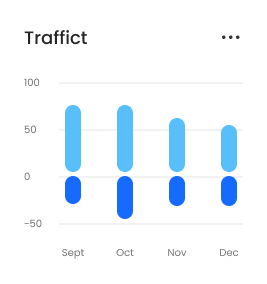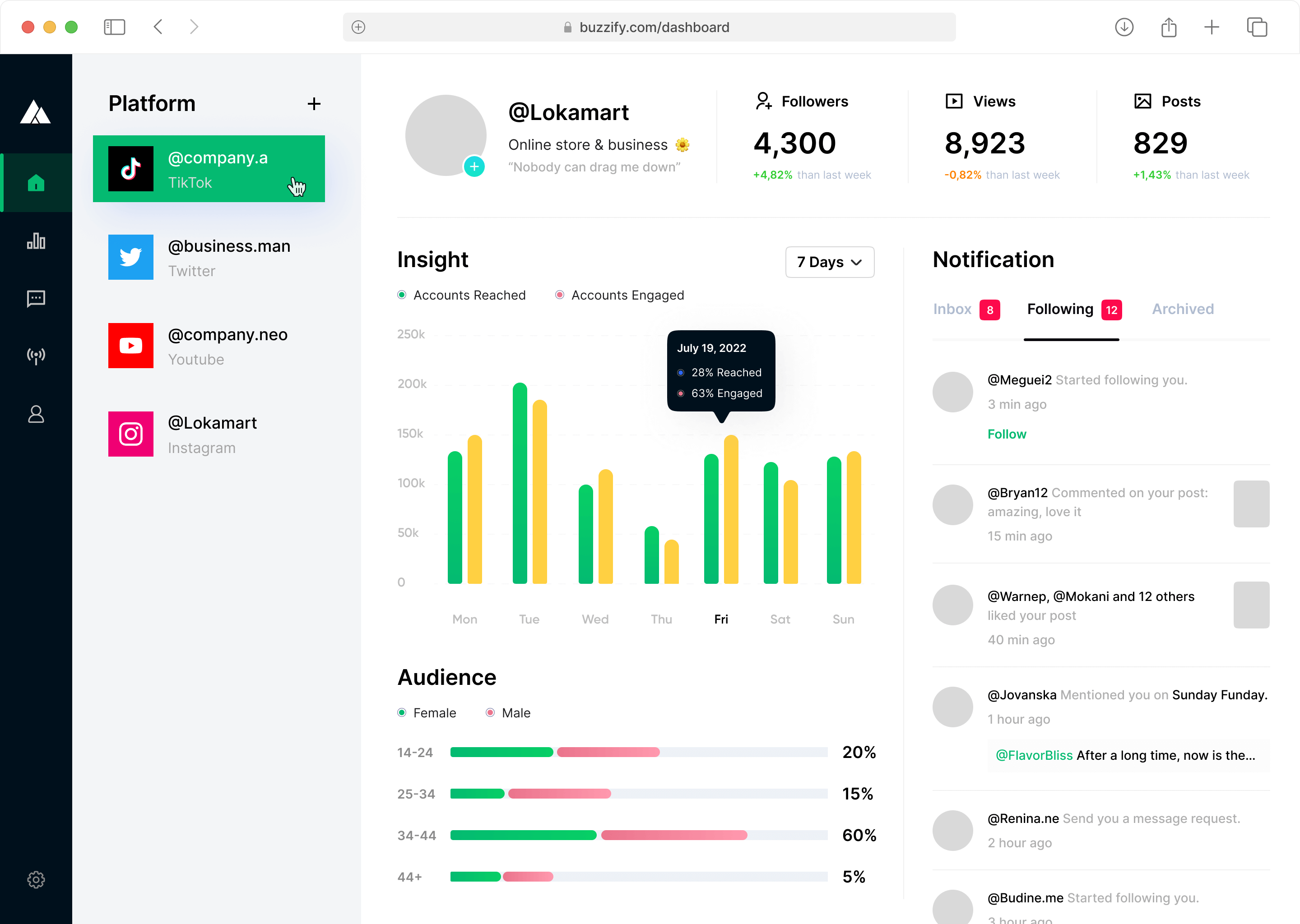Brand Overseas Expansion with Independent Website Construction
Brand DTC Independent Website Implementation


Description
Digital Marketing Strategy: Develop a comprehensive digital marketing plan that includes SEO (Search Engine Optimization), SEM (Search Engine Marketing), social media marketing, content marketing, and email marketing to increase website traffic and conversion rates.
Data Analysis and User Insights: Utilize advanced data analysis tools to collect and analyze user behavior data, thereby optimizing website design and marketing strategies to improve user satisfaction and loyalty.
- Domain Name and Hosting
- Website Design and User Experience
- Content Management System (CMS)
- Search Engine Optimization (SEO)
- Security
- Analysis and Monitoring

获得免费咨询
Professional Digitalization System for Going Global, Helping Enterprises Unleash Their Overseas Potential
The software system is capable of handling multiple languages and currencies, helping enterprises to better serve global customers.
Real-time tracking of inventory levels, optimizing inventory management, and reducing inventory costs.
Centralize the management of global customer data, providing personalized customer service and marketing campaigns.
Utilize tools such as Google Analytics to monitor website traffic, user behavior, and other key metrics.

Professional independent website construction technology helps brands sail smoothly to international markets.
We Work This Way
Customization Process for an Independent Website

Planning and Preparation Phase
Market Research: Before starting the creation of an independent website, conduct a detailed market research to understand the needs of the target market, competitors, and cultural differences. This helps in formulating effective market entry strategies.
Goal Setting: Define the objectives of the independent website, such as brand promotion, sales growth, or customer service improvement. Set specific KPIs (Key Performance Indicators) to measure success.
Domain Name and Hosting Selection: Choose a domain name related to the brand and select a reliable hosting service provider to ensure the speed and stability of the website.
Budget and Resource Allocation: Determine the project budget and allocate the necessary resources, including manpower, time, and technical support.
Design and Development Phase
Website Architecture Design: Plan the structure and navigation of the website to ensure users can easily find the information they need. Create wireframes and sitemaps to guide the development process.
Visual Design: Design the visual elements of the website, including colors, fonts, images, and brand identity. Ensure the design is consistent with the brand image and displays well on different devices.
Content Creation: Based on the results of market research, create high-quality content, including product descriptions, blog posts, customer reviews, and multimedia content. Ensure the content supports multiple languages to meet the needs of different markets.
Development and Integration: Develop the website using a suitable Content Management System (CMS). Integrate necessary functional modules, such as shopping carts, payment gateways, Customer Relationship Management (CRM) systems, and analytics tools.


Launch and Promotion Phase
Website Launch: After ensuring that all features are functioning properly, the website is officially launched. Monitor the initial traffic and user feedback, and address any issues promptly.
Search Engine Optimization (SEO): Optimize the website’s content and structure to improve search engine rankings. This includes keyword research, meta tag optimization, internal and external link building.
Digital Marketing: Develop and execute a digital marketing strategy, including social media marketing, content marketing, email marketing, and paid advertising. Utilize multi-channel promotion to increase brand awareness and website traffic.
Continuous Monitoring and Improvement: Use analytics tools (such as Google Analytics) to monitor website traffic, user behavior, and sales data. Continuously optimize website content and features based on data analysis to enhance user experience and conversion rates.

Customer Reviews






